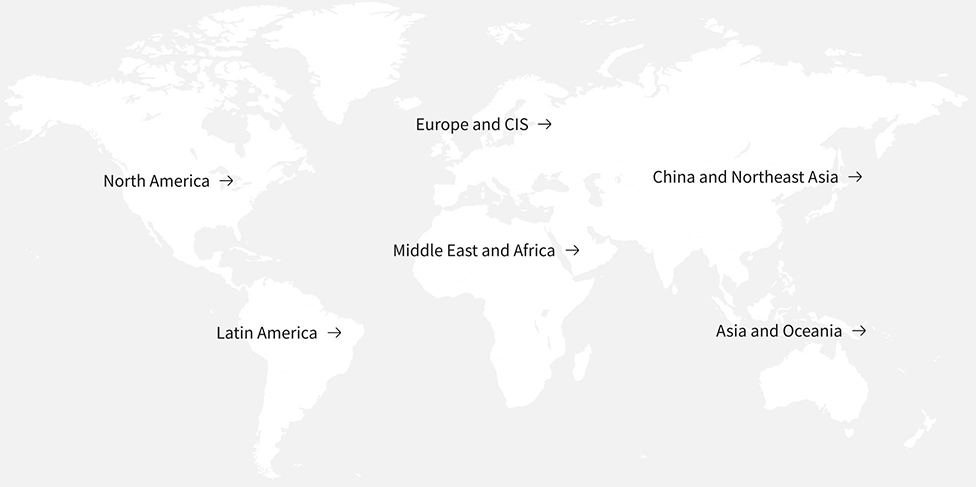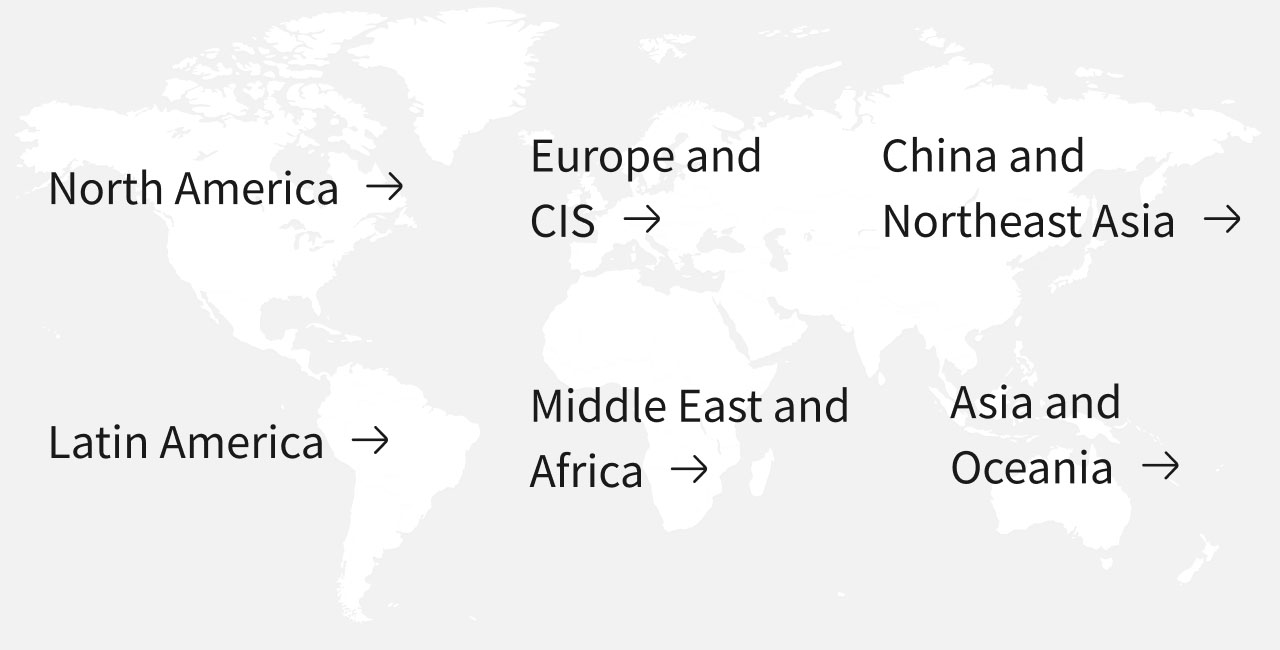Tuesday, January 7 to Friday, January 10, 2025
Las Vegas, Nevada, USA
Group CEO Yuki Kusumi delivers opening Keynote
Long-Term Environmental Vision
Panasonic GREEN IMPACT
The Panasonic Group aims to achieve both a better life and a sustainable global environment, by creating impacts from actions that reduce our own CO2 emissions, contribute to avoiding CO2 emissions of society, and realize a circular economy.
Long-Term Environmental Vision
Panasonic GREEN IMPACT
The Panasonic Group aims to achieve both a better life and a sustainable global environment, by creating impacts from actions that reduce our own CO2 emissions, contribute to avoiding CO2 emissions of society, and realize a circular economy.
For everyone. For you. To help you live your best.
At Panasonic, we work each day to enrich people’s lives and help move society forward. And we are as committed as ever to pursuing new ways to fulfill this mission.
For everyone. For you.
To help you live your best.
At Panasonic, we work each day to enrich people’s lives and help move society forward. And we are as committed as ever to pursuing new ways to fulfill this mission.
News
There are no announcements at this time.
There are no announcements at this time.
There are no announcements at this time.
Pick up
Panasonic Group Magazine
The Cornerstone for Addressing Social Challenges Using Technology for Society and to Allow Customers to Live Their Best
At the Panasonic Group, our aim is to use technology to create a healthy Earth and to bring happiness to people’s lives, and in turn contribute to society. In this issue, we shine a light on the passion of Panasonic engineers and how they address real social challenges and use their accumulated expertise for continuous innovation.
Expo 2025 Osaka, Kansai, Japan Panasonic Group Pavilion “The Land of NOMO”
At “The Land of NOMO,” we hope to provide an opportunity for every child to have the “strength to believe in themselves and the courage to take the first step” through experiences that will change their mindsets.
Konosuke Matsushita - Words of Wisdom

Words of knowledge and insight spoken by Konosuke Matsushita, founder of Panasonic, are presented each week.
Konosuke Matsushita - Words of Wisdom

Words of knowledge and insight spoken by Konosuke Matsushita, founder of Panasonic, are presented each week.
Global Network

Global Network
*Panasonic Holdings Corporation has become a strategic partner with the Apollo Group with regards to the business of Panasonic Automotive Systems Co., Ltd.
For more details, please refer to the news release below.
https://news.panasonic.com/global/press/en241202-6













